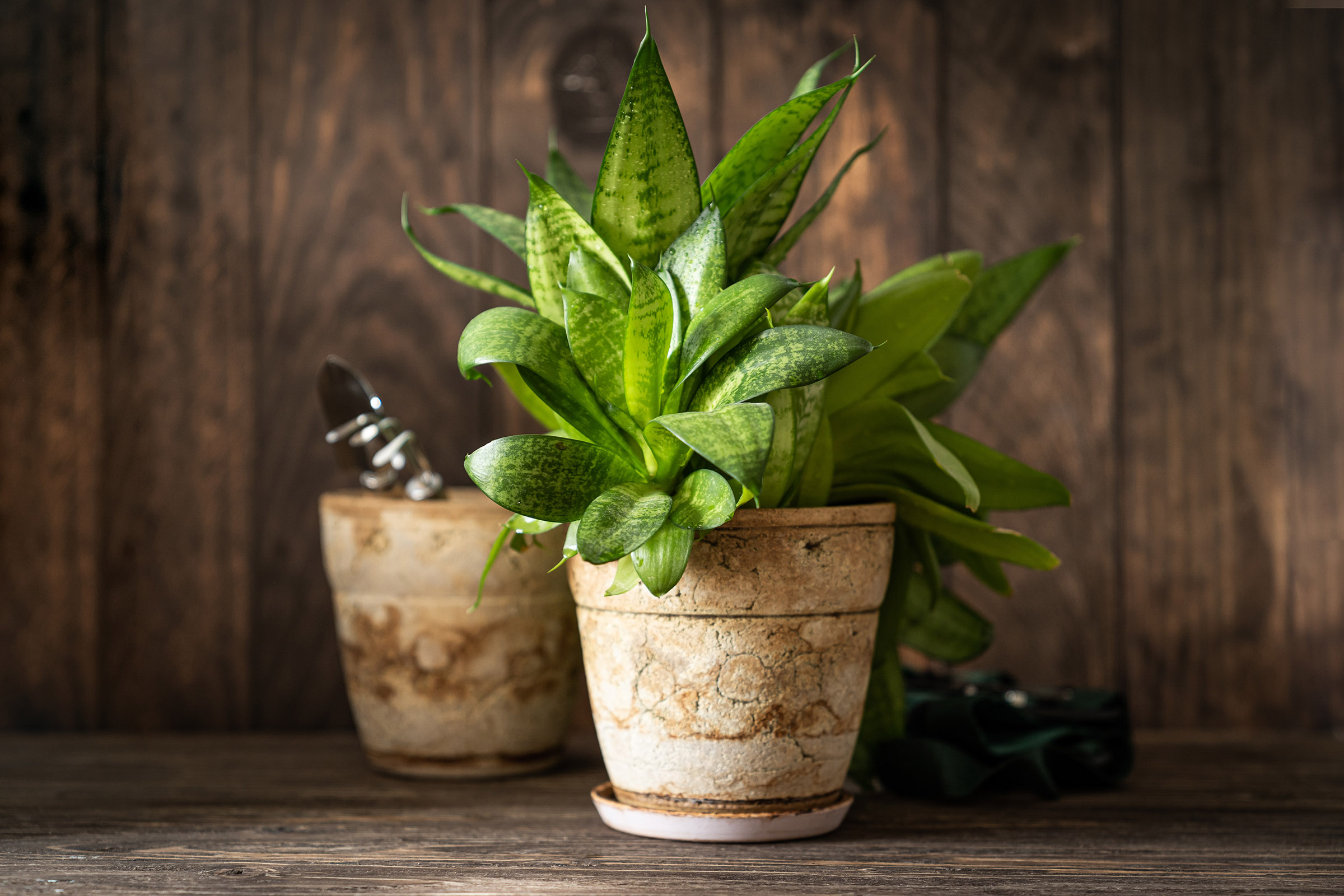A group of researchers from Binghamton University in New York has created quite the artificial plant. This new plant is not only capable of cleaning the air, but it can also generate electricity. The group made the air-cleaning plant “for fun” using five biological solar cells as well as photosynthetic bacteria before ultimately realizing it could actually have some practical uses.
The plant is technically a proof-of-concept at this point. It is composed of five artificial leaves that can not only generate clean oxygen and remove CO2 from the air but also generate electricity capable of powering a lightbulb. Further, the plant removes CO2 from the air at a much more efficient rate than naturally derived plants.
The air-cleaning plant could become a viable way to help clean the air inside buildings because traditional means to remove CO2 from the air have become much less effective, as ventilation systems are now also pulling CO2 from outdoors, where the outdoor CO2 levels have continued to increase due to global warming.

The researchers claim that these plants are capable of driving photosynthesis using indoor light—something that natural plants struggle with. Further, they were able to achieve a 90 percent reduction in indoor CO2 levels—the levels dropping from 5000 to 500 ppm—which surpasses the usual 10 percent reduction seen from natural growing plants.
Of course, this is a huge boon for indoor offices where CO2 mitigation is struggling. If these air-cleaning plants continue to be this promising, we’ll likely see more expanded options popping up in the coming months and years. Considering the ongoing climate change crisis, having more ways to help mitigate those issues is always going to be good.
This isn’t the first time we’ve seen researchers using artificial photosynthesis to drive electricity generation, either. Some believe it could lead to a breakthrough option for limitless energy, though we have yet to see a proper viable development there. Still, the use of artificial plants and genetically engineered houseplants to help mitigate CO2 emissions could very well be a game-changer.
Source link
 meganwoolsey Home
meganwoolsey Home



